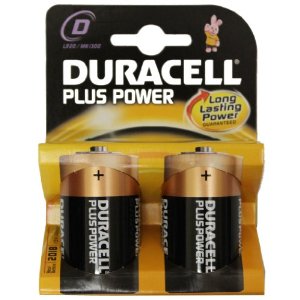Types and Uses of Household Batteries
Lead-Acid Automobile Batteries
We estimate that 90 percent of all lead-acid batteries are recycled.
All retailers that sell lead-acid batteries should collect used batteries for recycling.
Reclaimers crush batteries into nickel-sized pieces and separate the plastic components. They send the plastic to a reprocessor for manufacture into new plastic products and deliver purified lead to battery manufacturers and other industries. A typical lead-acid battery contains 60 to 80 percent recycled lead and plastic and therefore should never end up in landfill.
Non-Automotive Lead-Based Batteries
Gel cells and sealed lead-acid batteries are commonly used to power industrial equipment, emergency lighting, and alarm systems. The same recycling process applies as with automotive batteries.
Household batteries – Dry-Cell Batteries
Dry-cell batteries include alkaline and carbon zinc (9-volt, D, C, AA, AAA), mercuric-oxide (button, some cylindrical and rectangular), silver-oxide and zinc-air (button), and lithium (9-volt, C, AA, coin, button, rechargeable).
On average, each person in the UK discards eight dry-cell batteries per year. That’s 480 million batteries!
At Secure Data Recycling we ensure that all batteries found in electrical and electronic equipment recycled by us are properly sorted and recycled.


